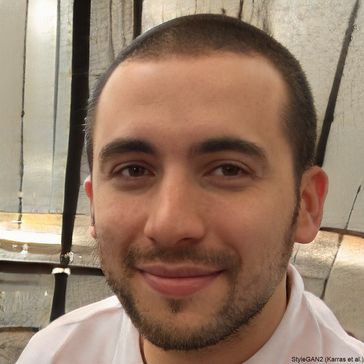A stroke occurs when blood flow to the brain is interrupted, leading to damage. This can be caused by a blocked artery or a ruptured blood vessel. When brain cells do not receive oxygen, they begin to die, causing various physical and cognitive impairments. The severity of the stroke depends on the location and extent of the damage. Recovery from a stroke requires medical intervention and rehabilitation therapies, which are designed to help patients regain lost functions.
One of the main treatments for stroke is medication. Doctors often prescribe clot-busting drugs, such as tissue plasminogen activator (tPA), to dissolve blood clots and restore circulation. However, these medications must be administered within a few hours of the stroke to be effective. In some cases, blood thinners are prescribed to prevent future strokes. While these medications can be useful, they may also lead to side effects such as bleeding disorders. Patients are advised to follow a strict medical regimen to avoid complications.
Physical therapy plays a crucial role in stroke recovery. This involves repetitive exercises to strengthen muscles and improve mobility. Therapists work with patients to help them regain balance and coordination. The process can be slow and requires patience. Some individuals may need years of physical therapy to achieve partial recovery, while others may never regain full movement. Despite the effort required, therapy remains an essential part of post-stroke care.
Speech therapy is another important aspect of stroke recovery. Many stroke patients experience difficulties in speaking, swallowing, or understanding language. Speech therapists use various exercises to help improve communication skills. These exercises may involve repeating words, practicing tongue movements, and learning alternative communication methods. Although progress can be made, the results vary, and some patients may struggle with communication challenges for the rest of their lives.
Occupational therapy is used to help stroke survivors regain independence in daily activities. This includes learning how to dress, cook, and perform other essential tasks. Therapists may suggest modifications to the home environment to accommodate the patient's limitations. While some individuals adapt to their new way of life, others find it difficult to adjust to their restricted mobility. Recovery is unpredictable and can be a long, frustrating process.
In addition to conventional therapies, some experimental treatments are being explored. Stem cell therapy has been studied for its potential to repair damaged brain tissue, but its effectiveness is still under investigation. Transcranial magnetic stimulation (TMS) is another technique being researched to improve motor function in stroke patients. Although these treatments show promise, they are not widely available, and their long-term benefits remain uncertain.
Adopting a healthy lifestyle is recommended to prevent additional strokes. This includes maintaining a balanced diet, engaging in regular exercise, and avoiding smoking or excessive alcohol consumption. Patients are also advised to manage conditions like high blood pressure and diabetes, which can increase the risk of another stroke. Despite these precautions, some individuals experience recurrent strokes, leading to further complications.
Stroke recovery is a complex and time-consuming process. Treatments and therapies aim to restore function, but outcomes vary from patient to patient. While medical advancements continue to improve treatment options, the road to recovery remains challenging. Patients must remain committed to their rehabilitation programs, even though progress may be slow and uncertain.

